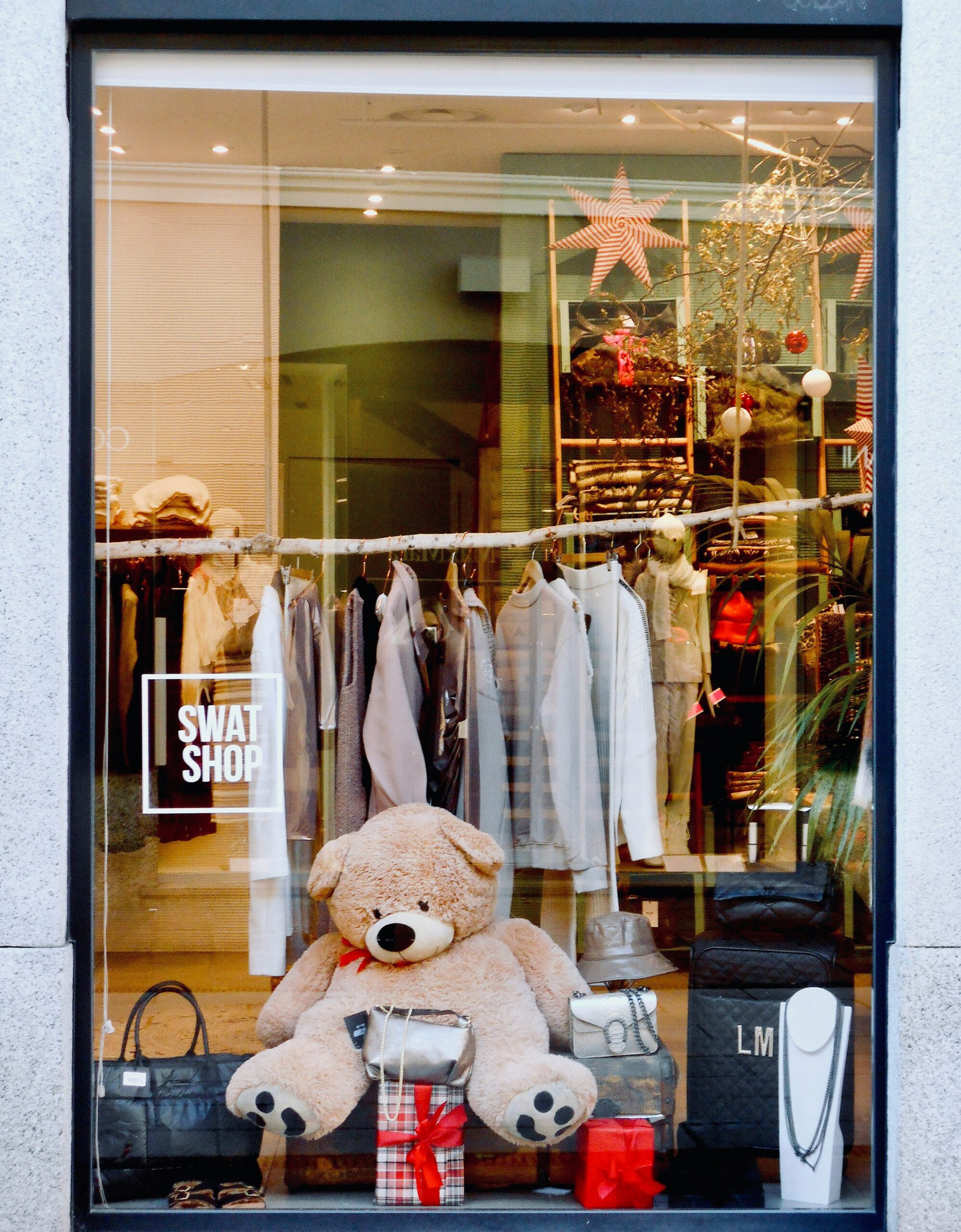

Introduction
Fashion is more than just clothing; it’s a reflection of our culture, values, and aspirations. From the practical garments of early civilizations to the statement pieces that define modern wardrobes, fashion has undergone an incredible transformation over the decades. Each era brought with it unique trends and styles that not only shaped individual identities but also mirrored societal shifts.
As we stroll through time, let’s explore the pivotal moments in fashion history. We’ll uncover how different periods influenced what we wear today and why certain looks remain timeless. Get ready to dive into the fascinating evolution of fashion!
The Early Days: From Functionality to Status Symbol
Fashion has always been a reflection of society. In the early days, clothing served primarily functional purposes. People wore what they needed to protect themselves from the elements.
As civilizations advanced, garments began signifying more than just practicality. Textile quality and design started to denote status. Wealthier individuals adorned themselves in elaborate fabrics and intricate patterns.
The rise of trade routes introduced new materials like silk and wool. This shift transformed fashion into an expression of identity rather than mere utility.
Clothing became a canvas for creativity, showcasing artistry that went beyond basic survival needs. Styles evolved as cultures intersected, leading to diverse influences across different regions.
With time, dressing well transitioned into a way for individuals to display their social standing. Fashion was no longer just about covering one’s body; it morphed into a statement crafted by both necessity and aspiration.
The Roaring Twenties: Flapper Fashion and Rebellion
The Roaring Twenties marked a seismic shift in fashion and culture. Women emerged from the constraints of previous decades, eager to express their newfound freedom.
Flapper dresses became the epitome of this era. With dropped waists and fringe accents, they celebrated movement and rebellion against societal norms. Young women bobbed their hair, adorned themselves with pearls, and embraced bold makeup—an audacious departure from Victorian ideals.
Music also played a role in shaping style. Jazz clubs flourished, where flappers danced freely under dim lights, embodying an electric spirit that was both liberating and provocative.
This decade redefined femininity. The corsets were cast aside for comfort and expression. The emphasis on individuality allowed women to carve out unique identities through fashion choices.
Every outfit told a story—a statement of defiance against traditional roles while embracing the thrill of modern life.
The Influence of Hollywood on Fashion in the 1930s and 1940s
The 1930s and 1940s marked a transformative era for fashion, largely driven by the glitz and glamour of Hollywood. Silver screens became style icons as stars like Greta Garbo and Joan Crawford showcased stunning gowns that defined sophistication.
As the Great Depression loomed, fashion adapted. The allure of cinema offered an escape. Moviegoers sought to emulate their favorite actresses, leading to trends in evening wear that shimmered with elegance.
World War II shifted priorities; utilitarian styles emerged due to fabric rationing. Yet even amid restrictions, Hollywood thrived. Stars donned military-inspired looks fused with feminine touches—think tailored jackets paired with softer skirts.
Designers began collaborating closely with studios, creating recognizable signatures tied to film characters. This partnership not only influenced everyday attire but also solidified Hollywood’s status as a powerful trendsetter in global fashion history.
Fashion in the Post-War Era: Dior’s New Look and Youthful Styles of the 1950s
The post-war era brought a refreshing shift in fashion. As the world healed, designers sought to redefine beauty and elegance. Christian Dior’s “New Look” emerged as a groundbreaking statement in 1947. This style celebrated femininity with its cinched waists and full skirts, reviving glamour after years of wartime austerity.
Women embraced this chic silhouette, feeling powerful yet graceful. The New Look symbolized hope and renewal as society transitioned into a more prosperous time.
Meanwhile, youthful styles began to take center stage. Teenagers carved out their own identities through fashion choices that defied tradition. Denim jeans became staples for both boys and girls, reflecting an emerging casual culture.
Rock ‘n’ roll influenced clothing trends too. Bold prints and vibrant colors captured the spirit of rebellion among youth eager for self-expression during this transformative decade. A creative fusion was on the rise—fashion was evolving like never before.
The Swinging Sixties: Mini Skirts, Flower Power, and Youth Culture
The 1960s marked a seismic shift in fashion, fueled by the vibrant energy of youth culture. The decade was characterized by an explosion of creativity and individuality. Mini skirts emerged as a bold statement, symbolizing liberation and defiance against traditional norms.
Designers like Mary Quant led the charge with innovative styles that celebrated youthful exuberance. Bright colors and psychedelic prints took center stage, reflecting the era’s spirit of freedom and self-expression. Flower power became synonymous with peace movements, influencing not just clothing but an entire lifestyle.
Fashion icons such as Twiggy embodied this new wave. Her mod style inspired countless young women to embrace their uniqueness while challenging societal expectations. Accessories also played a key role; statement jewelry and go-go boots completed these eye-catching outfits.
As music festivals blossomed, so did the influence of artists on fashion choices. Bands like The Beatles and The Rolling Stones introduced looks that merged rock ‘n’ roll with high fashion, paving the way for future generations to experiment freely with their wardrobes.
This revolution wasn’t just about clothing; it represented a cultural awakening where personal identity flourished through style. It set the precedent for how fashion would evolve in subsequent decades—always adapting to reflect changing times and attitudes toward life itself.
The legacy of this dynamic era still resonates today, reminding us that what we wear is often more than mere fabric—it’s a reflection of who we are at any given moment in history.
